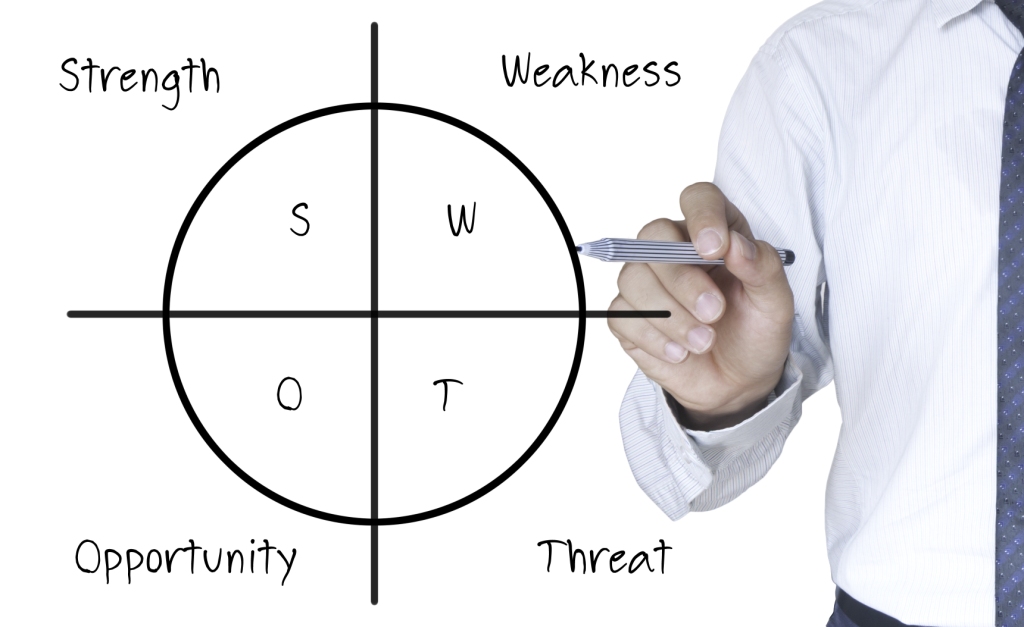Analysis of the external environment – PESTLE
“Look ahead. Prepare for the worst and hope for the best.” Anon
The big idea
PESTLE analysis is a mechanism for scanning the external environment, or big picture, in which the organisation operates. It has grown in popularity over the last ten years and goes under a variety of acronyms – PEST, STEP, STEEP, STEEPLE, PESTEL. Alongside a SWOT (also included in this stage of the toolkit) the PESTLE is probably one of the most commonly used tools as part of the strategic planning process. It has become so commonplace that its roots are not entirely clear. The earliest mention seems to have come from Aguilar (1967) who discussed ETPS – Economic, Technical, Political and Social factors.
Purpose
PESTLE stands for – Political, Economic, Sociological, Technological, Legal and Environmental. It is a framework for auditing a business’ environmental influences, both current and future, to support decision making and strategic planning. A PESTLE analysis can be a useful tool to find out where a business, project or programme sits in the context of what is happening outside and therefore likely to influence what is happening inside.
The tool
The PESTLE framework provides you with a series of headings that can be used as a mechanism for further research or brainstorming. You can use the tool in a couple of ways, either as a starting template for general discussion, which then leads to more
in-depth research, or as a basis for collecting information, which then feeds into a final discussion about what has been found. Whichever route you choose, you will need to take the following steps:
- Use the template to work through your PESTLE factors
- Analyse the findings
- Identify the most important issues
- Identify strategic options
- Prepare a discussion document
- Disseminate the findings (where appropriate)
- Decide on which trend/s should be monitored on an ongoing basis
The attached template illustrates the kinds of issues you might think about and what their relative importance is for your business. The list is just to get you started; you will have your own issues, depending on the focus of your business.
If you are limited by time or resources or are not sure what is happening under some of the headings, there are a variety of sources of information on environmental issues and trends available – The Third Sector Foresight interactive bank is particularly useful for the non-profit sector, Outsights has produced 21 Drivers for the 21st Century and Arup foresight produces a series of prompt cards on drivers for change (although they do charge for them).
Take the next step
Have a look at other PESTLEs on the web and see the sorts of factors that different businesses are taking into account. What do you think are the five most important external factors for your business? How might you influence your environment?
Top tips
- Get other people involved to gather a range of perspectives. If you are a sole trader, you might involve your peers, stakeholders, customers or friends
- Exploit other resources that are already available either internally or externally
- Use the tool in conjunction with others – particular the SWOT – as that will ensure you tie in the external opportunities and threats to your strategic planning
- Environmental scanning should be an ongoing process. Think about how best to keep monitoring what is happening
- Try not to jump to conclusions about the future based on present or past performance: they are not always reliable guides
- Don’t get bogged down in masses of information or paralysed by your analysis. You need to ensure you move from analysis into action
